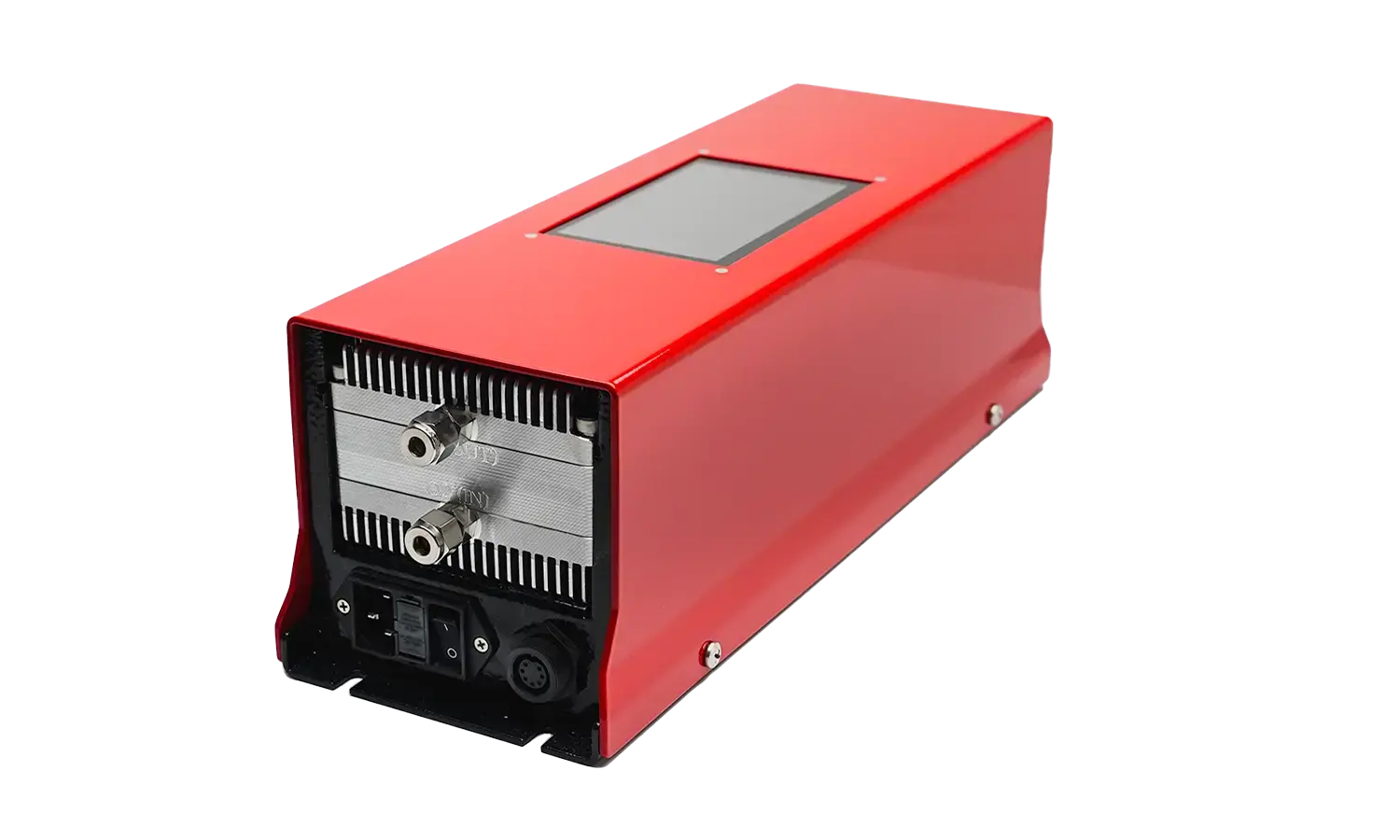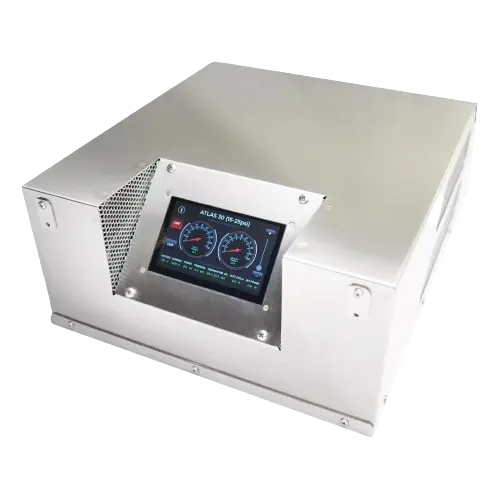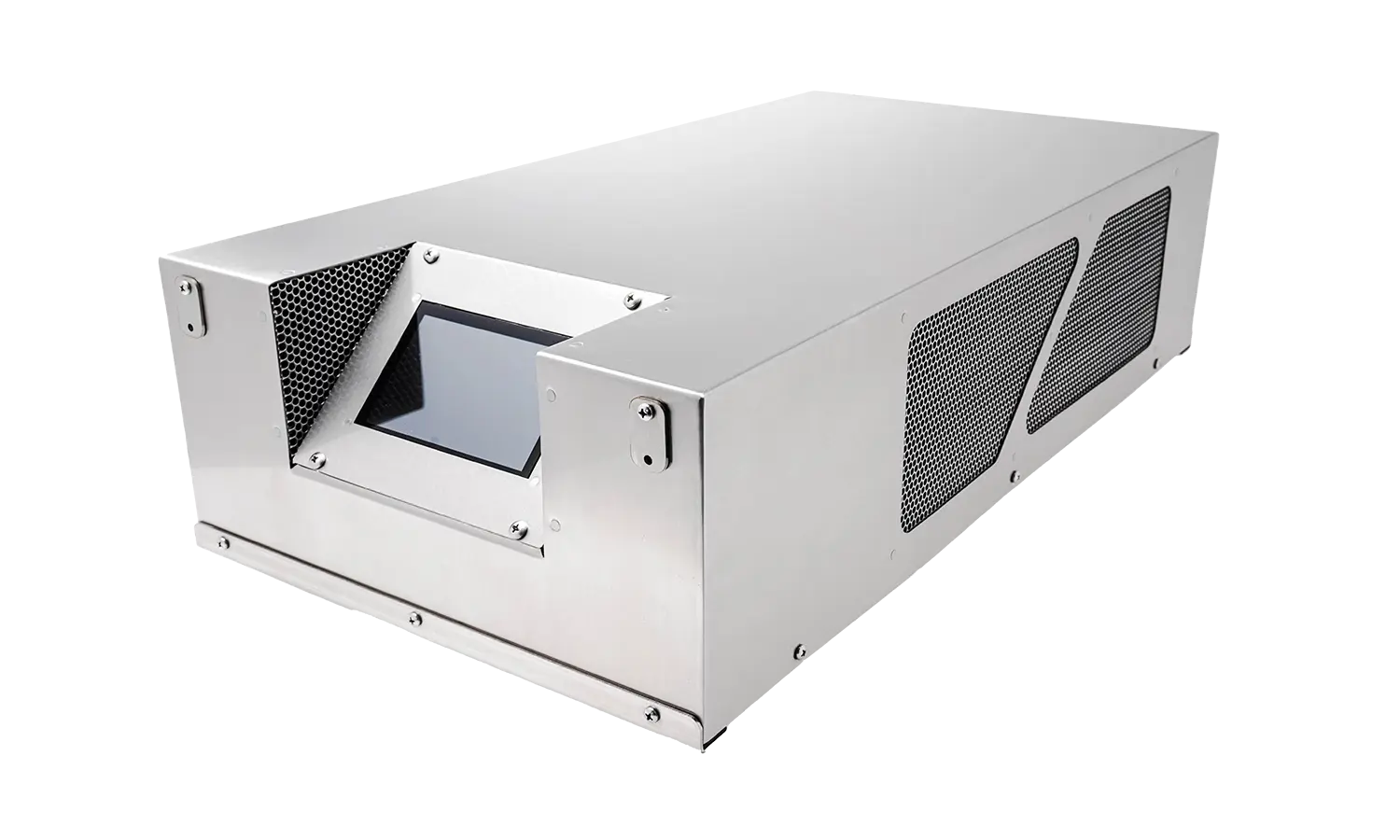Share This Story, Choose Your Platform!
Ozone in Cold Storage: A Comprehensive Overview
In today’s food supply chain, cold storage facilities are crucial in keeping perishable items fresh from harvest to consumption. Traditional preservation methods face high operational costs, environmental issues and operational inefficiencies. Cold storage facilities are benefiting from ozone technology, which is changing food preservation practices.
Ozone Generation and Implementation
The core of ozone technology lies in generating and carefully introducing ozone into cold storage environments. Ozone, a highly potent natural oxidant, is produced on-site using specialized ozone generators, ensuring precise and safe application. When strategically introduced into cold storage spaces, ozone interacts chemically with bacteria, moulds, yeasts, and other contaminants, eliminating them and significantly extending the shelf life of stored products.
Improved Air Quality and Sterilization
One standout aspect of ozone applications is their remarkable ability to cleanse the air within cold storage units. Ozone molecules have a natural affinity for airborne pollutants and odours, forming bonds that neutralize them effectively. This transformative process leaves behind an atmosphere of pure, revitalized air. This sterilization not only preserves the quality of stored items but also prevents cross-contamination and the transfer of undesirable flavours.
Preserving Nutritional Value
Conventional preservation techniques can compromise the nutritional content of stored produce. Ozone technology inhibits harmful microorganisms, ensuring vitamins, minerals, and enzymes remain intact. This promotes healthier consumption habits and enhances the nutritional value of stored goods.
Mitigating Food Waste
Food waste has emerged as a critical global issue. Here, ozone applications serve as a powerful ally, addressing waste by extending the shelf life of perishable items. By slowing down the natural degradation process, ozone technology reduces the volume of discarded food, ultimately fostering a more sustainable food supply chain.
Energy Efficiency and Cost-Effectiveness
Integrating ozone applications within cold storage facilities yields the promising outcome of enhanced energy efficiency. Ozone technology optimizes the energy consumption of cold storage units by maintaining a cleaner environment and reducing the need for temperature adjustments caused by microbial growth. This leads to tangible cost savings for businesses and consumers alike.
Ethical Responsibility and Environmental Harmony
In an era where environmental stewardship takes center stage, ozone applications exemplify commitment. Cold storage facilities that embrace ozone technology demonstrate a steadfast dedication to minimizing their ecological footprint and conserving resources for future generations.
Navigating Regulations and Ensuring Safety
Adherence to safety guidelines and regulations is crucial for implementing ozone applications. Proper ventilation and monitoring ensure worker and community well-being.
Example of Ozone Application: Calculations for a Small Cold Storage Room
Consider a scenario where approximately 50 cubic meters of cold storage room requires ozone technology for efficient preservation. Nano ozone generator with a capacity of 15g/h will be able to create ozone concentrations of 140 ppmv (15 g/h ÷ 0.00214 g/m3 ÷ 50 m3) or higher that could be adjusted.
Nano ozone generator’s capability is well-suited for this application. Not only does it meet the ozone requirement, but it also provides a margin of safety and flexibility for varying conditions within the cold storage room.
Frequently Asked Questions (FAQs)
Q: Could using ozone affect the flavour or quality of food?
A: Ozone applications neutralize odours and contaminants without affecting food quality.
Q: Are ozone generators safe for use within cold storage facilities?
A: Absolutely. When utilized in compliance with established protocols, ozone generators do not present any danger. Adequate measures are taken to ensure the safety and health of workers and the environment, including ventilation and monitoring systems.
Q: Can ozone applications replace traditional refrigeration methods?
A: Ozone technology and refrigeration systems work together to enhance the quality and lifespan of stored items.
Q: What is the process for integrating ozone into cold room storage?
A: Integrating ozone into cold involves assessing facility requirements and consulting experts. Then, ozone generators and distribution systems are designed and installed. Finally, monitoring mechanisms, safety protocols, and testing are implemented to ensure the seamless incorporation of ozone technology and enhance the effectiveness of cold room storage.





